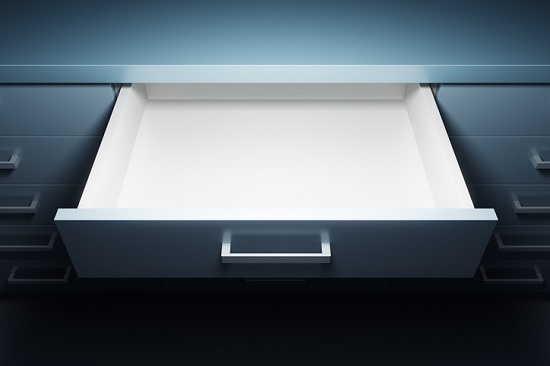
As hearing care professionals, there’s one specific type of hearing aid that we all get worried about. It’s detrimental for the patient, and it can prevent other people from even attempting to give hearing aids a try.
They’re known as “in-the-drawer” hearing aids. In contrast to behind-the-ear or in-the-canal hearing aids, in-the-drawer hearing aids never see the light of day, demoralizing the patient and anyone the patient informs about their inadequate experience.
For the countless numbers of individuals that have obtained hearing aids, a good number will call it quits on the possibility of better hearing for one reason or another. But with modern day technology, we know that this shouldn’t be the case.
But hearing aids are tricky. There are several things that can go wrong, generating a bad experience and causing people to call it quits. But there are ways to protect against this, actions you can take to make certain that, with a touch of patience, you get the optimal results.
If you’ve had a negative experience in the past, know somebody who has, or are considering giving hearing aids a chance, you’ll want to continue reading. By understanding the reasons some people give up on hearing aids, you can avoid the same mistakes.
Listed below are the primary reasons people give up on hearing aids.
1. Choosing the wrong hearing aid or device
Let’s begin with the fact that everyone’s hearing is unique. Your hearing loss, just like your fingerprint, is also unique to you. At the same time, most individuals with hearing loss have more challenges hearing higher-pitched sounds, like speech, as compared to other sounds.
And so, if you settle on a device that amplifies all sound uniformly, like most personal sound amplifiers, sound quality will be affected, and you’ll continue to most likely be drowning out speech. You need a hearing aid that is programmed to amplify the targeted sounds and frequencies you have difficulty with, while suppressing background noise simultaneously.
Only programmable digital hearing aids have this ability.
2. Inaccurate hearing aid programming or fitting
Given that hearing loss is unique, the hearing aid must be custom-programmed for you exclusively. If the configurations are inappropriate, or your hearing has changed through the years, your hearing professional may have to modify the settings.
Far too frequently, people give up too soon, when all they need is some adjustment to the amplification settings. And, if your hearing changes, you may need the settings updated. Think of it like prescription glasses; when your vision changes, you update the prescription.
Also, nearly all hearing aids are custom-shaped to the curves of the ear. If you find the fit uncomfortable, it may either just take some time to get used to or you may need a new mold. In either case, this shouldn’t prevent you from acquiring better hearing.
3. Not giving hearing aids a chance to work
There are two problems here: 1) managing expectations, and 2) giving up too early.
If you think that hearing aids will immediately return your hearing to normal, you’re setting yourself up for disappointment. Hearing aids will enhance your hearing considerably, but it requires some time to get used to.
In the beginning, your hearing aids may be uncomfortable and loud. This is typical; you’ll be hearing sounds you haven’t heard in many years, and the amplification will sound “off.” Your brain will adjust, but not immediately. Plan on giving your hearing aids about 6-8 weeks before your brain fully adapts to the sound.
Your patience will be worthwhile—for patients who allow themselves time to adjust, satisfaction rates skyrocket to over 70 percent.
4. Not being able to hear in noisy environments
Individuals with brand new hearing aids can come to be easily overwhelmed in crowded, noisy situations with a lot of sound. This can occur for a few reasons.
First, if you immediately begin using your new hearing aid in noisy settings—prior to giving yourself a chance to adjust to them at home—the sound can be overpowering. Try to adjust in calmer environments before testing at a loud restaurant, for example.
Second, you’ll need to adjust to the loud environments as well, just like you did at home. It’s common to have one negative experience and give up, but keep in mind, your brain will adapt in time.
And last, you might just need to upgrade your hearing aids. The latest models are becoming increasingly better at eliminating background noise and enhancing speech. You’ll want to take advantage of the new technology as the speed of change is fast.
It’s true that hearing aids are not for everyone, but the next time you hear a story about how hearing aids don’t work, you should begin questioning if any of the above is applicable.
The fact that hearing aids didn’t work for somebody else doesn’t necessarily mean they won’t work for you, particularly if you work together with a established hearing care professional. And if you’ve had a substandard experience in the past yourself, perhaps a clean start, better technology, and professional care will make all the difference.
